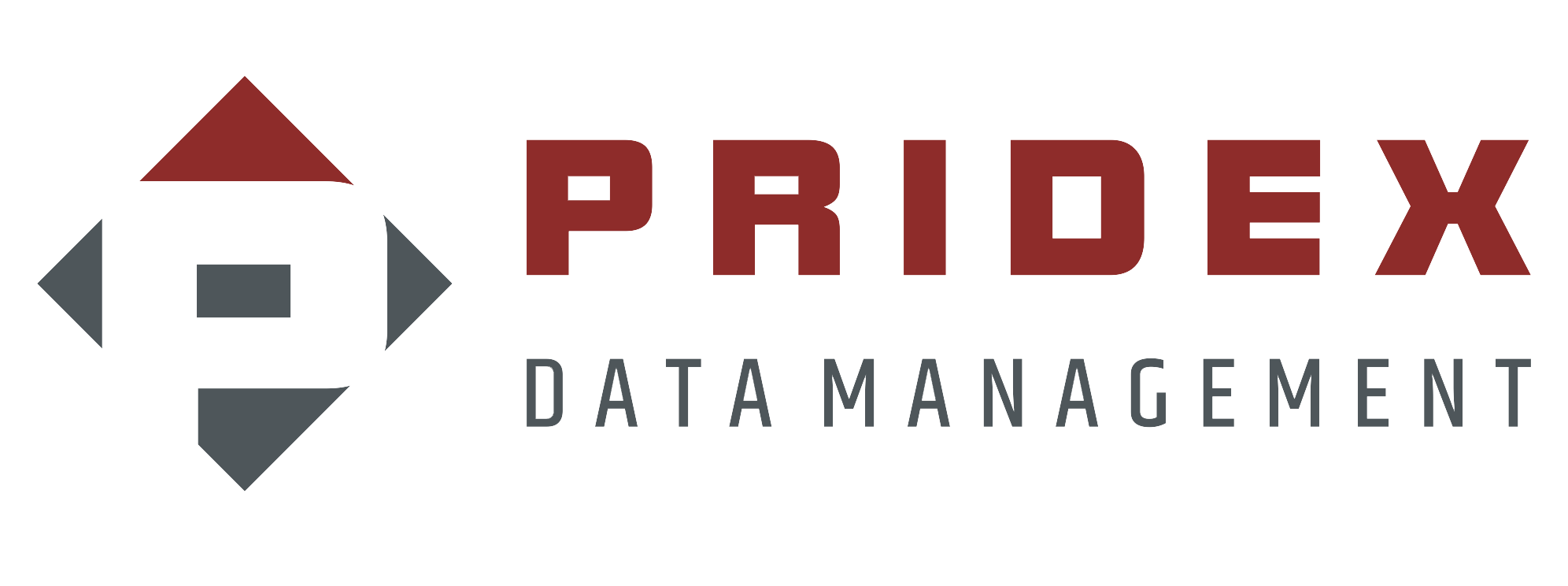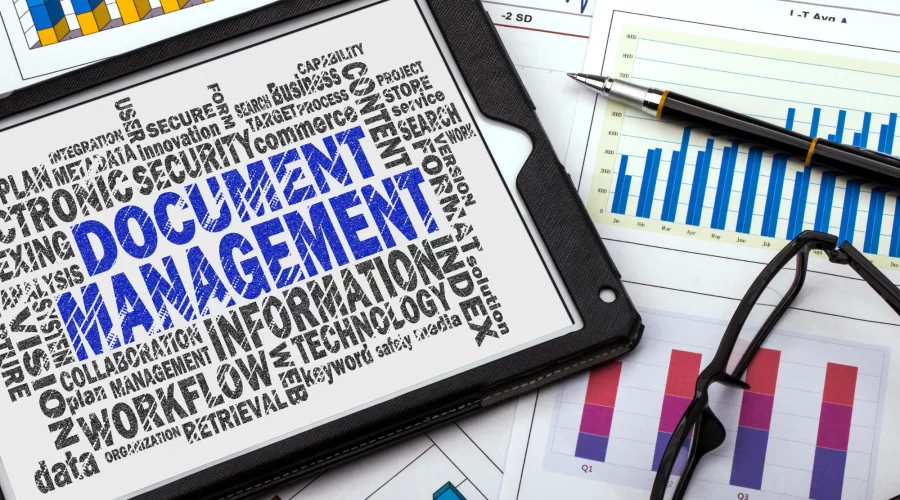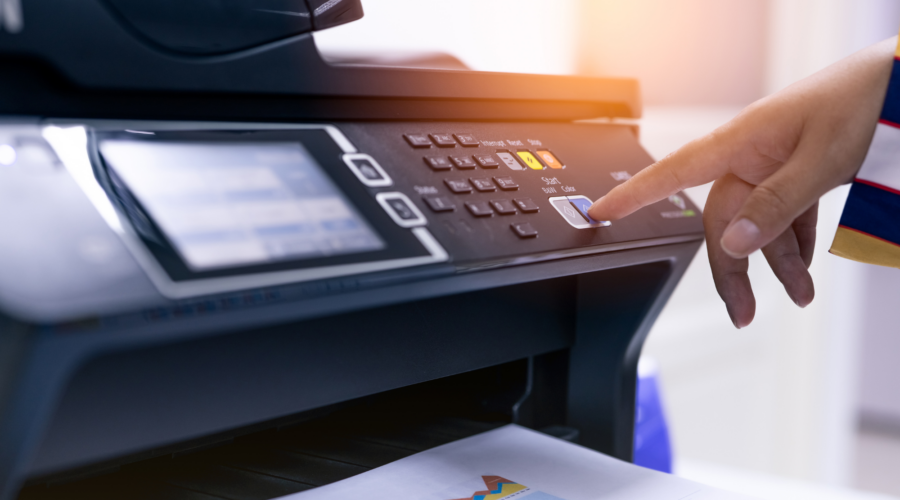Do you have stacks of paper documents that clutter your workspace?
Do you find it challenging to keep track of important papers, invoices, receipts,
and bills?
If yes, then a document scanner can be a game-changer for you.
In this article, we will discuss everything you need to know about documents
scanners, including how they work, their types, benefits, and some of the best
documents scanner apps available in the market.

Table of Contents
-
Introduction
-
What is a document scanner?
-
Types of document scanners
-
-
Flatbed Scanners
-
Sheet-fed Scanners
-
Portable Scanners
-
-
How do document scanners work?
-
Benefits of using a document scanner
-
-
Saves time and effort
-
Improves efficiency and productivity
-
Saves physical storage space
-
Reduces paper waste
-
Enhances security and accessibility
-
-
Factors to consider when buying a document scanner
-
-
Scanning speed
-
Resolution and image quality
-
Connectivity and compatibility
-
Size and portability
-
Price and budget
-
-
Best document scanner apps for mobile devices
-
-
Adobe Scan
-
Cam Scanner
-
Microsoft Office Lens
-
Google Drive
-
-
How to use a document scanner?
-
-
Step-by-step guide
-
-
Conclusion
- FAQ
What is a document scanner?
A document scanner is a device that allows you to convert paper documents into
digital files. It captures images of documents and converts them into a digital
format that can be stored, edited, and shared electronically. Document scanners
come in various sizes, types, and functionalities, depending on the user’s needs and
requirements.
Types of document scanners
There are mainly three types of document scanners: flatbed scanners, sheet-fed
scanners, and portable scanners. Let’s have a look at each of them in detail.
Flatbed Scanners
A flatbed scanner is the most common type of document scanner. It consists of a
flat glass surface where you place the document to be scanned. A scanning arm
moves underneath the glass surface and captures the image. Flatbed scanners are
ideal for scanning books, magazines, and other bulky documents.
Sheet-fed Scanners
A sheet-fed scanner is similar to a flatbed scanner, but instead of placing the
document on a flat surface, you feed it through a small opening in the scanner.
Sheet-fed scanners are faster and more efficient than flatbed scanners, making
them ideal for scanning multiple pages at once.
Portable Scanners
A portable scanner is a compact and lightweight device that you can carry around
with you. It is perfect for people who need to scan documents on-the-go, such as
sales representatives, students, and business professionals.
How do document scanners work?
Document scanners work by using a combination of hardware and software to
capture and digitize images. The scanner hardware consists of a light source, a
scanning arm, and a sensor that captures the image. The software processes the
image and converts it into a digital file format, such as PDF or JPEG.
Benefits of using a document scanner
Using a document scanner offers numerous benefits, including:
Saves time and effort
Scanning paper documents is a time-consuming and tedious process. A document
scanner automates the process, allowing you to scan and digitize documents
quickly and efficiently.
Improves efficiency and productivity
By digitizing paper documents, you can access and share them electronically,
making it easier to collaborate with others and streamline your workflow.
Saves physical storage space
Paper documents take up a lot of physical storage space, which can be costly and
inconvenient. By scanning and digitizing documents, you can save physical
storage space, freeing up room in your workspace or office.
Reduces paper waste
By using a document scanner to digitize paper documents, you can reduce your
paper consumption and help the environment.
Enhances security and accessibility
Digital files are easier to store, organize, and access than paper documents. You
can also add security features such as password protection and encryption to
protect sensitive information.
Factors to consider when buying a document scanner
Before buying a document scanner, consider the following factors:
Scanning speed
The scanning speed is an important factor to consider, especially if you have a
large volume of documents to scan. A faster scanning speed means you can scan
more documents in less time.
Resolution and image quality
The resolution and image quality of the scanner determine the clarity and
sharpness of the scanned images. A higher resolution means better image quality,
but it also means larger file sizes.
Connectivity and compatibility
Check the scanner’s connectivity options and ensure that it is compatible with your
computer or mobile device. Some scanners also offer wireless connectivity.
options, such as Wi-Fi or Bluetooth.
Size and portability
Consider the size and portability of the scanner, especially if you need to carry it.
around with you. A portable scanner is smaller and lightweight, making it easier to
transport.
Price and budget
The price of a document scanner varies depending on the type, features, and brand.
Consider your budget and the features you need before making a purchase.
Best document scanner apps for mobile devices
Besides dedicated document scanners, there are also various document scanners
apps available for mobile devices. Here are some of the best document scanners
apps:
Adobe Scan
Adobe Scan is a free app that lets you scan documents using your mobile device’s
camera. It automatically detects the edges of the document and enhances the
image quality.
CamScanner
CamScanner is another popular document scanner app that offers features such as
OCR (Optical Character Recognition) and cloud storage integration.
Microsoft Office Lens
Microsoft Office Lens is a free app that lets you scan documents and whiteboards
using your mobile device’s camera. It integrates with Microsoft Office and
OneDrive for easy sharing and storage.
Google Drive
Google Drive’s built-in scanning feature allows you to scan and save documents
directly to your Google Drive account.
How to use a document scanner?
Using a document scanner is easy and straightforward. Here is a step-by-step
guide:
-
Connect the scanner to your computer or mobile device.
-
Place the document on the scanner bed or feeder.
-
Open the scanner software or app.
-
Select the scanning settings such as resolution, color mode, and file format.
-
Click the scan button.
- Save the scanned document to your computer or mobile device.
Conclusion
A document scanner is an essential tool for anyone who wants to digitize paper
documents and improve their workflow. By understanding the different types,
benefits, and features of document scanners, you can choose the right one for your
needs and enjoy the convenience of a paperless office.
FAQs
-
Can I scan a book using a document scanner?
-
Yes, you can scan a book using a flatbed scanner or a sheet-fed scanner.
-
What is OCR?
-
OCR stands for Optical Character Recognition, which is a technology that recognizes text in scanned images and converts it into editable text.
-
Can I scan documents using my mobile device’s camera without a scanner app?
-
Yes, you can use your mobile device’s camera to scan documents, but using a scanner app is recommended for better image quality and features.
-
How do I maintain my document scanner?
-
Regularly clean the scanner bed or feeder and use recommended cleaning materials. Also, follow the manufacturer’s instructions for maintenance and up keep.
5. How do I maintain my document scanner?
-
Yes, most document scanners can also scan photos, but dedicated photo scanners offer better image quality and color accuracy.
-
How long does it take to scan a document?
-
The scanning time depends on the size and resolution of the document and the scanning speed of the scanner. However, most scanners can scan a standard document in a few seconds.
-
Do I need special software to use a document scanner?
-
Most document scanners come with software that allows you to control and customize the scanning settings. However, you can also use third-party software for more advanced features and functionality.
-
Can I scan both sides of a document using a single-pass scanner?
-
Yes, some document scanners offer duplex scanning, which means they can scan both sides of a document in a single pass.
-
How do I choose the right resolution for scanning documents?
-
The resolution you choose depends on the purpose and quality requirements of the scanned document. For standard text documents, 300 DPI (dots per inch) is usually sufficient, while higher resolutions are recommended for photos and graphics.
-
Can I scan documents directly to the cloud?
-
Yes, many document scanners offer cloud connectivity options, allowing you to scan and save documents directly to cloud services such as Dropbox, Google Drive, and OneDrive.





